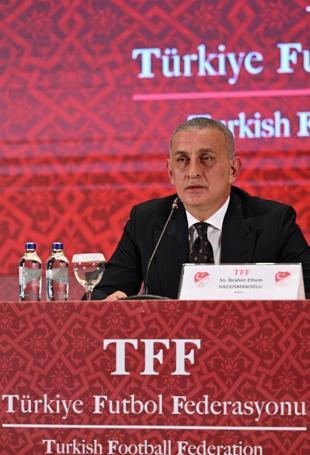Turkish intel declassifies report on famous spy
ANKARA

The National Intelligence Organization (MİT) has declassified documents on a renowned Turkish spy, shedding light on a report from the 1940s that voiced negative assessments of his activities.
Ahmet Esat Tomruk, who operated during the final years of the Ottoman Empire and the early decades of the republic, played a critical role in the Turkish War of Independence.
Known popularly as “İngiliz Kemal” or “Kemal, the Englishman,” his missions became the subject of several books, films and television productions from the 1930s onward in Türkiye, elevating him to a legendary figure.
The document released by MİT on Nov. 2 is an intelligence report dated Dec. 26, 1940, containing an unfavorable evaluation of the operative.
The report stated that although Tomruk provided information to authorities, it was not of significant value.
“The information he supplies consists largely of what he sees and hears during his travels abroad, often mere hearsay, and remains within the scope of duties expected of any ordinary citizen,” the historical report said.
The report further noted that the Turkish spy “lacks sincerity and integrity” and, therefore, had been dismissed from further consideration.
It noted that he maintained extensive contacts with Bulgarians and was having an affair with an English woman.
Together with his girlfriend, Dorti Brayit, he allegedly offered his services to the British Intelligence Service in Istanbul, yet was ignored due to concerns that they may have been provoked by other services, the report noted.
Subsequently, it was reported that they began seeking contact with German intelligence.
“It has also been learned that this man is a drunkard and a gambler; not only is he unlikely to prove useful, but the information he has provided or may provide is far from reliable. Kemal, who is currently in Bulgaria, is being monitored. Respectfully submitted.”
A photograph of Tomruk was also included in the dossier.
















